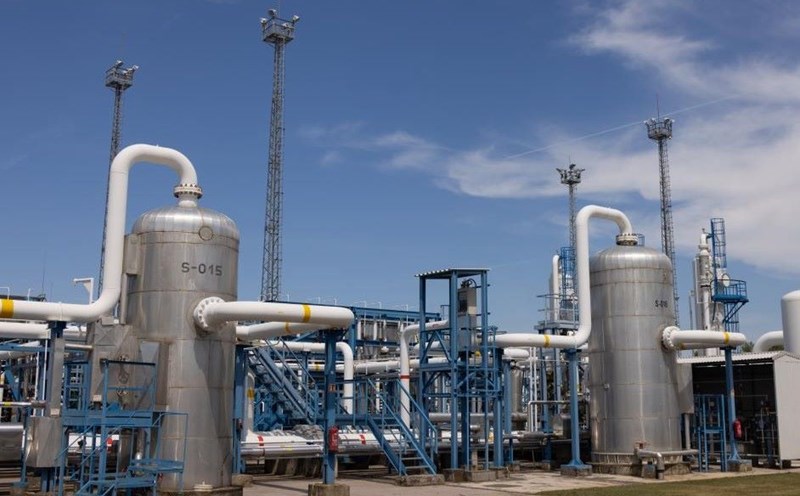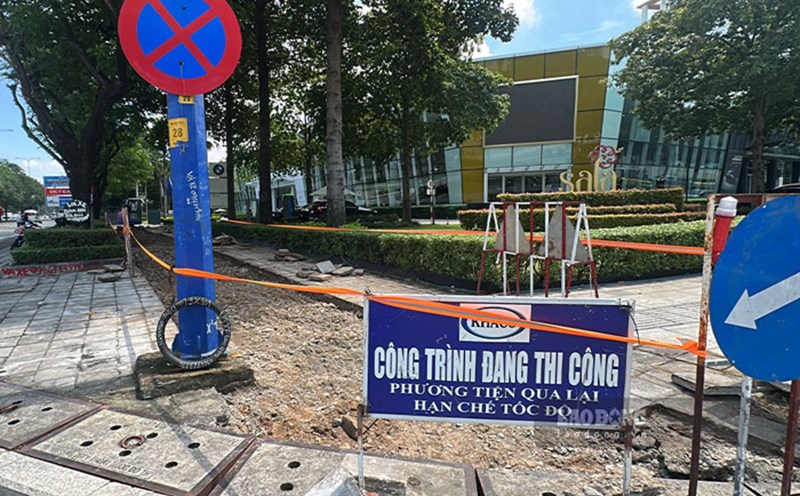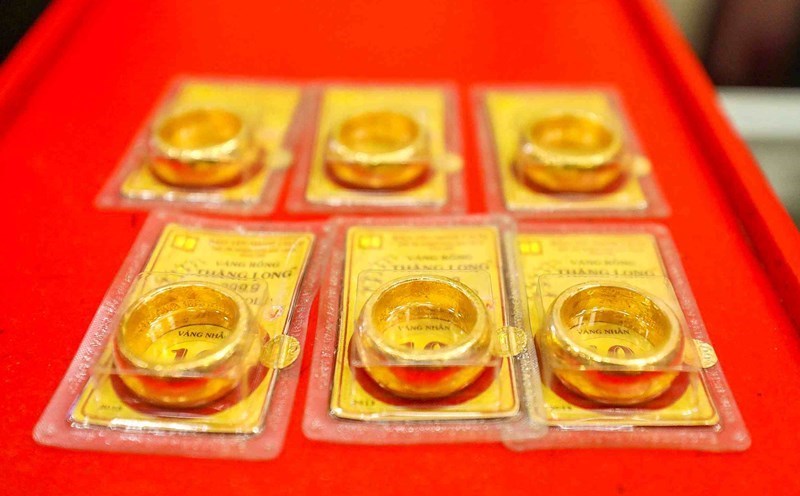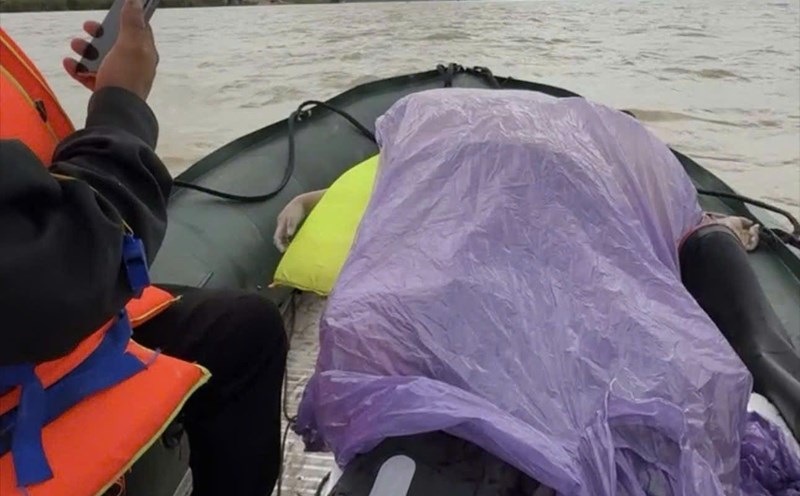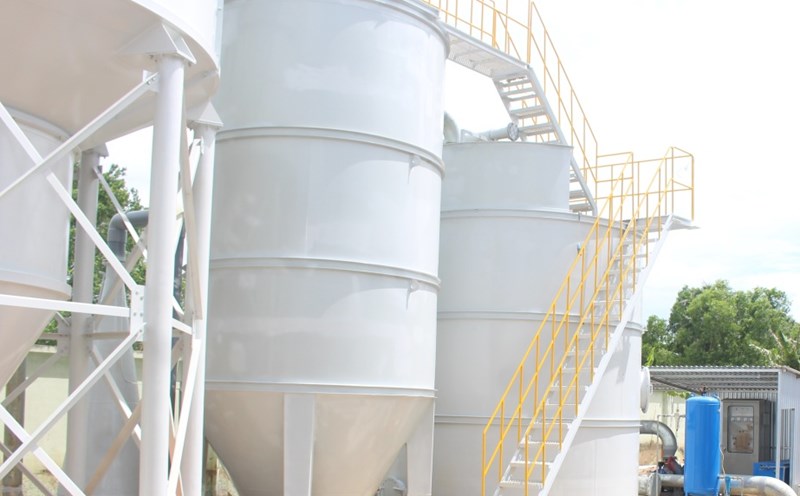Russian nuclear energy giant Rosatom confirmed on October 14 that China's first container ship - Istanbul Bridge - had successfully completed its crossing the Arctic, arriving at Felixstowe port (UK) after a journey of only 20 days departing from Ninh Ba port (China) on September 23.
This route is being escorted by the Russian nuclear icebreaking fleet, helping the ship pass through the Northern Sea Route (NSR). This is a transport route running along Russia's Arctic and Far East regions, connecting the Asia-Pacific with Europe on the shortest route at present.
According to Rosatom, the journey across the Arctic only takes 20 days, while passing through the Suez Canal takes about 40 days, and traveling around the Cape of contact (South Africa) takes up to 50 days.
After leaving the UK, the nearly 25,000-ton ship will continue to dock in the ports of Rotterdam (Netherlands) and Hamburg (Germany), before ending the trip in St. Petersburg. Petersburg (Russia).
In the context of global trade under pressure from conflict and rising transportation costs, Russia is strongly promoting the development of the North Sea as an "ice expressway" - shortening the distance, reducing fuel costs and freight transport time between the two continents.
This route is being seen as an alternative to the Suez Canal and Panama Canal, two "bottlenecks" with many geopolitical risks and congestion.
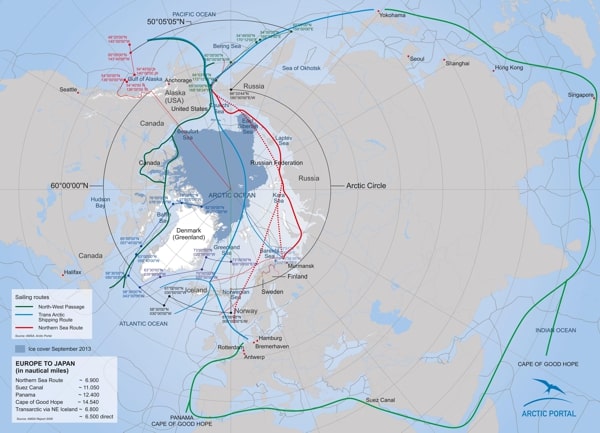
In 2024, the amount of goods transported via the NSR route will reach 37.9 million tons, according to the Russian Ministry for Foreign Affairs and Arctic Development. Moscow's goal is to increase this figure to 200 million tons/year by 2030.
Rosatom currently operates eight nuclear-powered icebreakers, including four newest generation ships, ensuring the ability to maintain year-round traffic - something unprecedented in the Arctic.
These icebreakers open up safe maritime corridors even in the most severe winter, said Vladimir Panov, special representative of Rosatom for Arctic development.
The icebreakers will create a multi-meter path through the ice layer, allowing conventional container ships to move through the Arctic without special structures.
The pioneering use of the NSR route by Chinese ships is attracting the attention of international transportation. Although insurance costs, environmental risks and extreme climate are still challenges, the potential to shorten the time by nearly 50% makes this route a new "gold mine" for global trade.
Russian President Vladimir Putin has repeatedly emphasized that developing the Arctic route is a national strategic priority, along with plans to expand the northern port and modernize the Arctic fleet.

